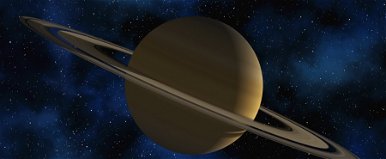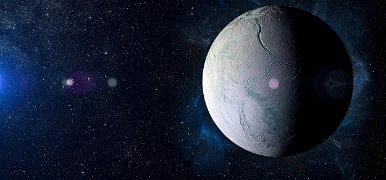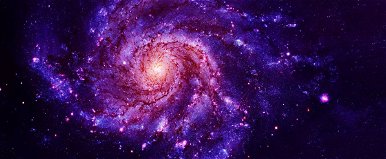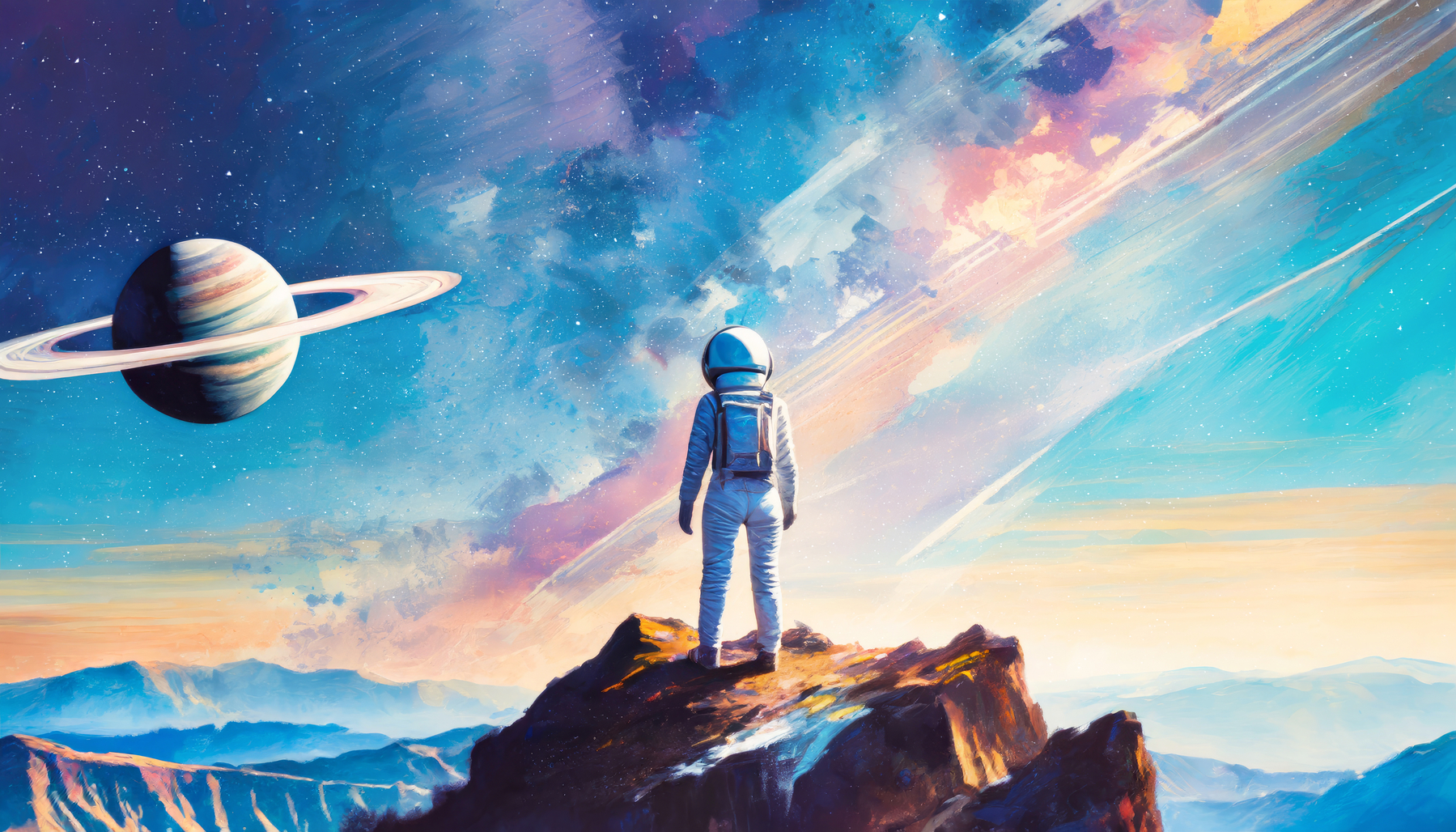Saturn's rings are one of the most exciting phenomena in the solar system, and they are also one of the greatest mysteries of the universe. The rings are made up of massive amounts of ice and rocky debris and can extend thousands of kilometers around the planet.

Scary news has arrived about Saturn, where the gas giant's impressive rings may be destroyed
Read more…
Read more…
For a long time, it was thought that the rings were created by gravitational forces alone, but images taken by the Voyager 2 spacecraft in 1984 discovered a strange, dark brake in the B ring, which has since been confirmed by images taken by the Cassini spacecraft. .
These spokes cannot be explained by gravity and are also seasonal: they appear mostly during Saturn's summer season.
These spokes don't look really big, but in fact their size can exceed the diameter of the Earth, and since then, many theories have been created to explain the origin of the spokes.
One of the most popular theories concerns electromagnetic interactions. Saturn's magnetic field interacts with the solar wind from the Sun, and this interaction stirs up ice or dust above the rings, forming spokes.

Could there be aliens on one of Saturn's moons? NASA announced an amazing discovery
Read more…
Read more…
This theory seems to be supported by the fact that spoke density changes with Saturn's seasons (the planet orbits the sun approximately every 30 Earth years, so the seasons also extend over several Earth years). As the rings tilt more toward the Sun, Saturn's magnetic field is bombarded by the solar wind, which encourages the formation of more lines.
Scientists suspect that the interaction between the solar wind and the magnetic field stirs up ice or dust above the rings, forming spokes. Small particles from the solar wind, such as electrons and ions, collide with the rings and transfer energy to them. This energy heats the material of the rings, causing them to spin. The spun material begins to spread and thus forms the spokes.
Another theory suggests that the speaker may be related to Saturn's moons, such as Mimas or Enceladus. These moons show active volcanic activity, and ejected material can enter the rings and form dark areas there. However, this assumption is not supported by concrete evidence, since Mimas and Enceladus are far from the rings, it would be difficult for them to influence the structure of the rings.

Christmas in space? NASA's latest recording could make a huge difference in our lives
Read more…
Read more…
What will the future bring? NASA's Hubble Space Telescope continues to monitor Saturn's rings, and hopefully in the future we will learn more about the origin and behavior of the speaker.
The mystery of the speaker remains an exciting topic for scientists, and Saturn's rings remain one of the most exciting and mysterious phenomena in the solar system. If you want to delve deeper into the topic, we recommend you watch the Spektrum documentary:












































